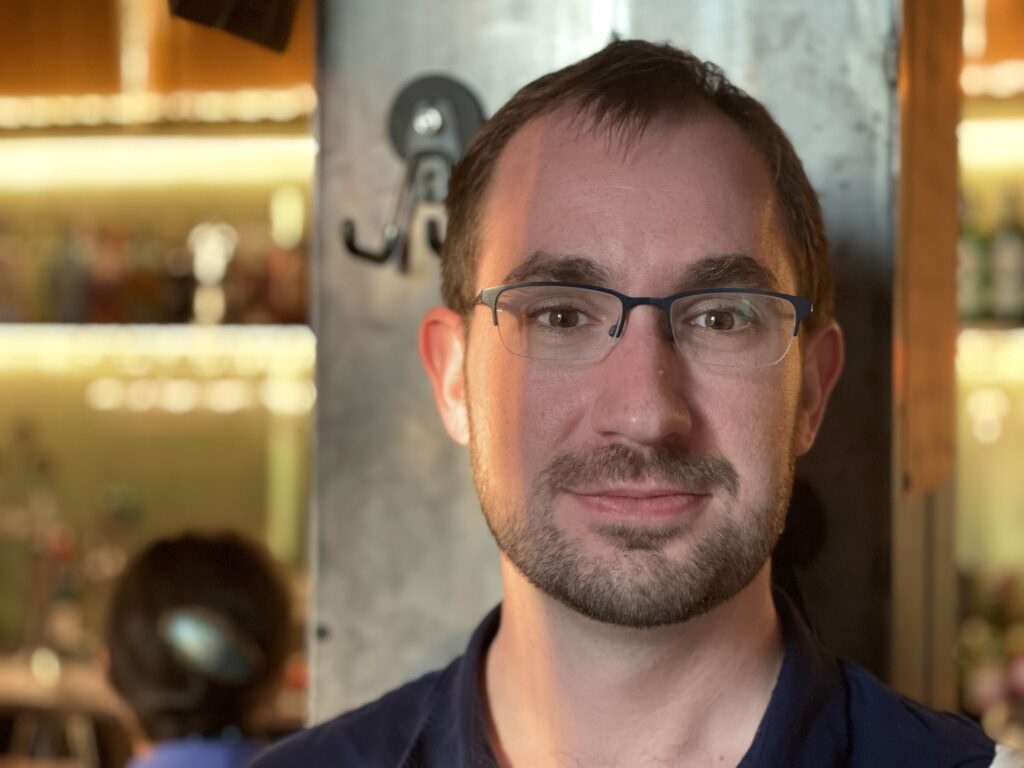
I’m a phonologist who works on questions of linguistic theory using computational and experimental methods. I’m an Assistant Professor in the Linguistics Department at the University of Southern California.
Prior to this, I worked in the Computational Psycholinguistics Lab in the Department of Brain & Cognitive Sciences at MIT, supervised by Roger Levy, and affiliated with the MIT-IBM Watson AI Lab. I completed my PhD in 2021 under the supervision of Bruce Hayes in the Linguistics Department at UCLA.
My CV can be found here.
My research is in theoretical, computational, and experimental phonology, with particular interest in learning/acquisition, the representation of overlapping and interacting phonological processes, and phonology’s interfaces with (morpho)syntax and the lexicon.
Methodologically, I make use of whatever tools are needed for the job: right now, this means computational modeling (Bayesian and otherwise), corpus methods, online surveys of understudied languages, and laboratory experiments of all types.
Feel free to get in touch: first initial last name æt usc dɑt edu.
News:
June 27th: I’m giving a talk online at the Society for Computation in Linguistics (SCiL) called “Learning phonotactics from linguistic informants”. This is collaborative work with Alexis Ross (MIT), Amani Maina-Kilaas (MIT), Roger Levy (MIT), and Jacob Andreas (MIT). [Proceedings paper].
June 27th and 29th: I’m presenting two posters at Laboratory Phonology in Seoul:
- “Frequency-conditioned variation constrained by the grammar in Japanese nasalization”, collaborative work with Hiro Katsuda (U. Toronto Scarborough) and Shigeto Kawahara (Keio U./ICU). [Poster] [Paper accepted at Phonology]
- “A Poisson model of phonological co-occurrence restrictions”, collaborative work with Adam Albright (MIT). [Poster] [Longer handout]